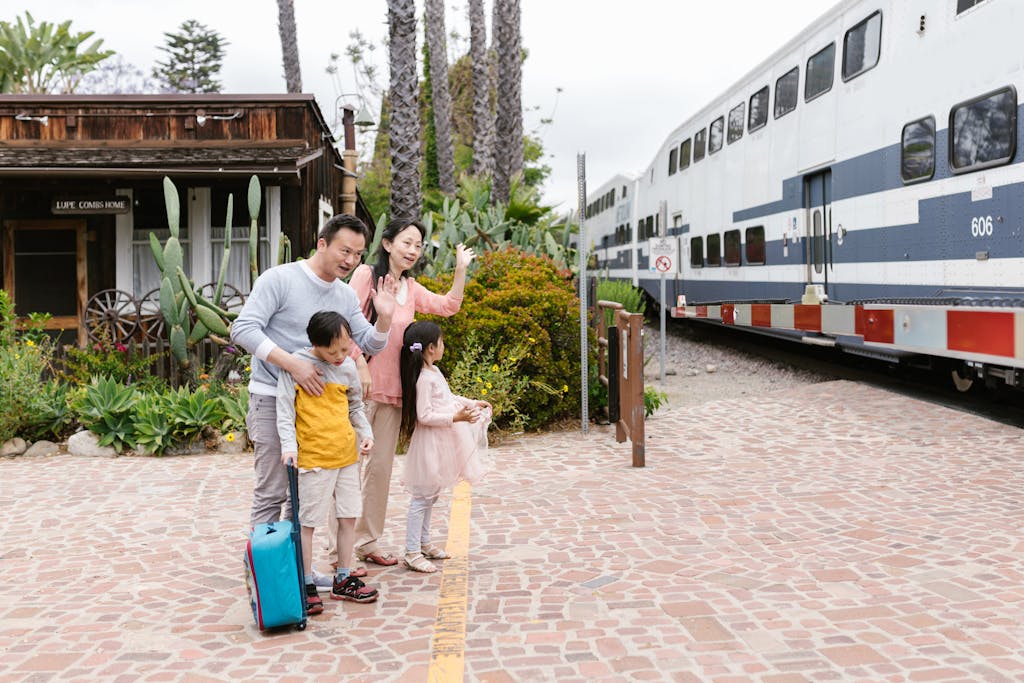Planning a group tour with friends or family can be an exciting and memorable experience, but it also requires careful organization and communication to ensure everyone has a great time. Here’s a step-by-step guide to help you successfully plan a group tour that caters to the preferences and needs of everyone involved.
Define the Purpose and Destination
Begin by discussing the purpose of the trip with your group. Is it a relaxing beach vacation, an adventurous hiking trip, a cultural exploration, or a family reunion? Once you’ve established the trip’s purpose, collaborate with your group to decide on a destination that aligns with everyone’s interests and preferences. Consider factors such as travel distance, climate, and available activities.
Set a Budget
Discuss the budget with your group early in the planning process. This includes not only travel and accommodation costs but also meals, activities, and any additional expenses. Setting a budget ensures that everyone is on the same page and helps narrow down options for accommodations and activities that fit within your financial constraints.
Determine the Group Size
Understanding the number of people participating in the trip is crucial for planning accommodations, transportation, and activities. Ensure everyone confirms their participation early on, and consider creating a group chat or an online poll to facilitate communication and keep everyone updated.
Choose Accommodations
Decide whether your group would prefer hotels, vacation rentals, or hostels. Vacation rentals can be particularly beneficial for larger groups, providing more space and shared living areas. When choosing accommodations, consider factors such as location, amenities, and group dynamics. Booking early can help secure the best options and pricing.
Plan the Itinerary Together
Involve everyone in creating the itinerary to ensure that it includes activities and sights that cater to the diverse interests of the group. Consider scheduling a mix of planned activities and free time to allow for relaxation and personal exploration. Use collaborative tools like Google Docs or shared calendars to gather input and finalize the schedule.
Organize Transportation
Depending on your destination and group size, you may need to arrange transportation. This could involve booking flights, renting a van, or coordinating carpooling. If traveling internationally, ensure everyone has the necessary travel documents, such as passports and visas. Confirm travel arrangements in advance and communicate all details to the group.
Communicate Clearly
Effective communication is key to a successful group tour. Keep everyone informed about the itinerary, accommodations, and transportation details. Consider creating a group chat or email thread to facilitate ongoing communication. Be open to feedback and encourage group members to share their thoughts and preferences throughout the planning process.
Prepare for Dietary Needs and Preferences
When planning meals, take into account any dietary restrictions or preferences within the group. Discuss restaurant options in advance, and consider making reservations, especially for larger groups. If you plan to cook during the trip, ensure you have access to the necessary kitchen facilities and ingredients.
Pack Smart
Encourage group members to pack efficiently and consider the planned activities. Creating a shared packing list can help ensure everyone remembers essential items, such as travel documents, clothing suitable for the destination, and any necessary gear for planned activities. Remind everyone to pack light, especially if you’ll be moving between locations.
Plan for Flexibility
While having a structured itinerary is important, be prepared for flexibility. Travel plans can change, and unexpected events may arise. Be open to adjusting the schedule as needed and encourage the group to embrace spontaneity. Allowing for free time can also give everyone a chance to relax and explore at their own pace.
Capture Memories
Encourage everyone to document the trip through photos, videos, or a group journal. Assign someone to take charge of capturing memories, or rotate the responsibility among group members. After the trip, consider creating a shared photo album or scrapbook to commemorate the experience and keep the memories alive.
Debrief After the Trip
Once the tour is over, gather the group for a debriefing session. Share highlights, favorite moments, and any lessons learned during the trip. This is also a great opportunity to discuss potential future trips or group activities, strengthening the bond and creating excitement for the next adventure.
By following these steps, you can successfully plan a group tour that caters to everyone’s preferences and ensures a memorable experience. With clear communication and collaboration, your group can enjoy a fun-filled adventure while creating lasting memories together. Happy travels!









Comments are closed